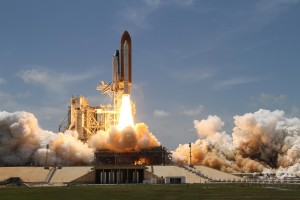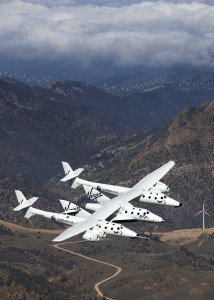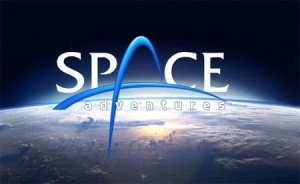- Written by
Mario Carter
- Posted May 15, 2010 at 02:56

Image Credit: NASA
Yesterday, Space Shuttle Atlantis blasted-off, heading toward the International Space Station (ISS) for what is scheduled to be the shuttle’s last flight into space. With two more shuttle launches remaining, one each by Discovery and Endeavor, I really am wondering what’s next?
Of course the Obama administration has outlined NASA’s budget and direction for the next few years, which includes preparation for eventual manned exploration of Mars, and private companies such Virgin Galactic are on the brink of making commercial space travel a reality. But, Amercian space exploration will essentially be on hiatus. For an indefinite number of years, American astronauts will hitch rides into space with Russian cosmenauts and then do the same with commercial space companies. But the images of American spaceship launches into low earth orbit will become a memory; a distant one at that.
I understand that priorities and times change for people and governments alike. But, my perspective is one stemming from memories of televisions being rolled into classrooms in the 80s, when I was in elementary school, so that children could stare in amazement as people actually rocketed into space. Before the complete proliferation of GPS units, cell phones, mp3 players, personal computers and the internet in modern day society, space shuttles were the very definition of advanced technology.
I expect that for many in my generation and the generations of my parents and grandparents, It will seem odd not see the United States at the forefront of space exploration. Regardless to the advancements that may be made by NASA in the near future, videos and photographs of rockets launched by other governments and comercial entities will have much more impact than written articles about NASA’s continued progress.
I wonder if the United States will land a manned space vehicle on a near earth object, as proposed by President Obama, or make great and notable strides toward a manned mission to Mars before the next (second) country reaches the Moon. I wonder how I will feel if the next country reaches the Moon while the United States is still…well, still trying to make great strides in space exploration. I really do wonder.


 Can’t afford the $200,000 ticket price of a Virgin Galactic suborbital space flight? For a mere $102,000, you can enjoy up to 5 minutes of weightlessness after rocketing to a destination 62 miles (100 kilometers) above the Earth’s surface. The ticket price includes cancelation insurance at the cost of $4000. The complete experience will include a few days training and pre-flight preparation.
Can’t afford the $200,000 ticket price of a Virgin Galactic suborbital space flight? For a mere $102,000, you can enjoy up to 5 minutes of weightlessness after rocketing to a destination 62 miles (100 kilometers) above the Earth’s surface. The ticket price includes cancelation insurance at the cost of $4000. The complete experience will include a few days training and pre-flight preparation.